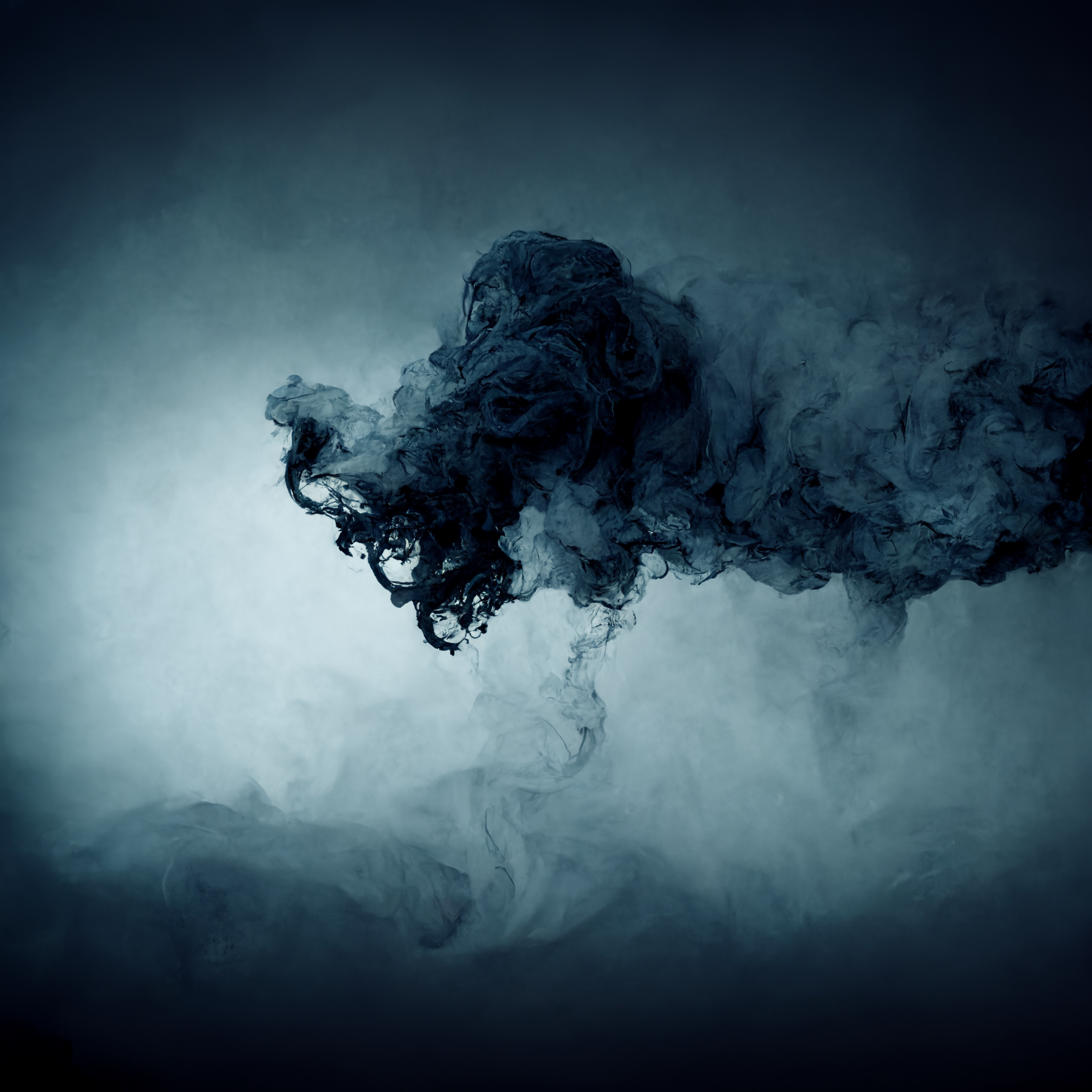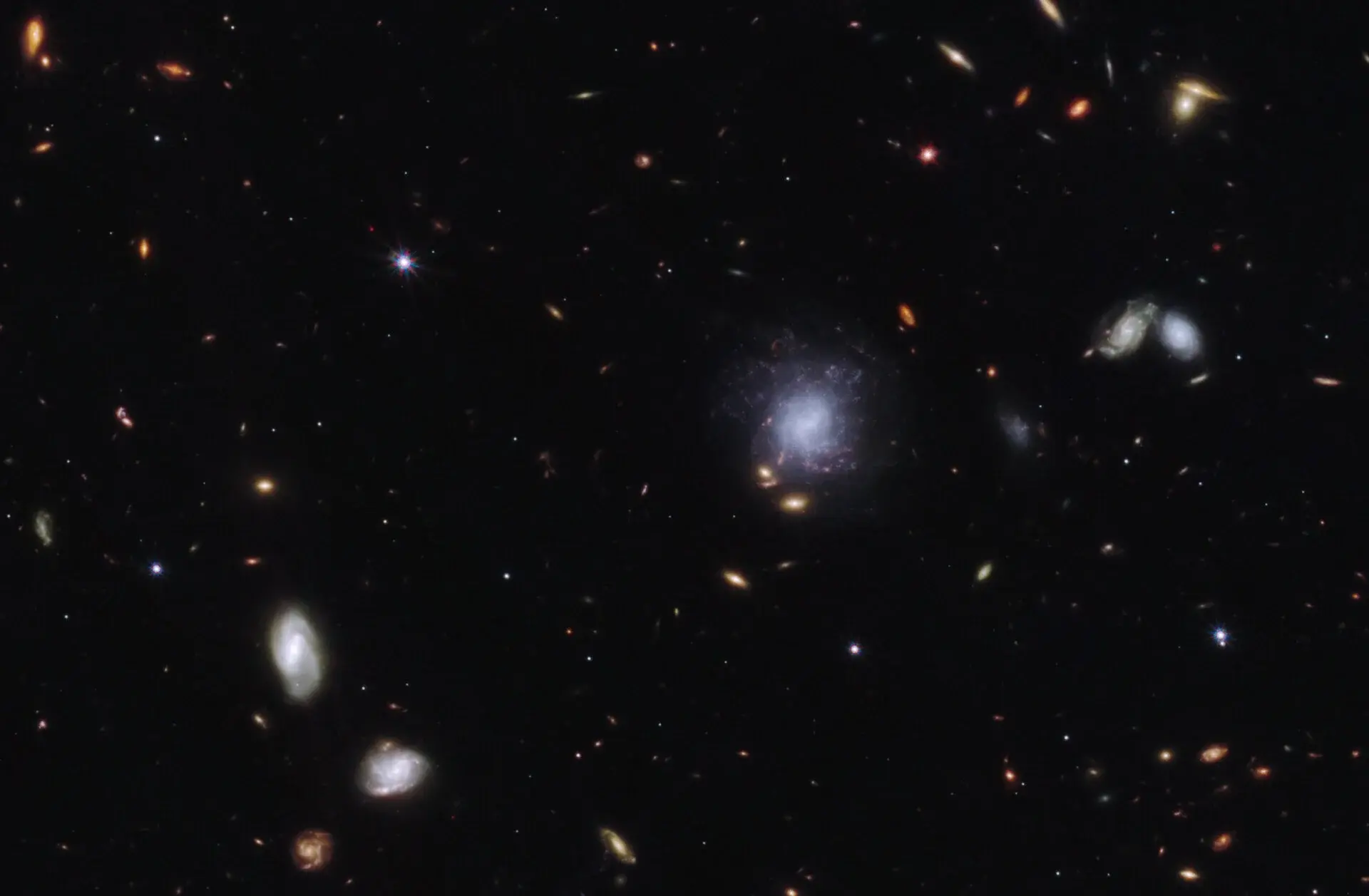A team of scientists has used multiple space- and ground-based telescopes, including the NASA/ESA/CSA James Webb Space Telescope, to observe an exceptionally bright gamma-ray burst, GRB 230307A, and identify the neutron star merger that generated the explosion that created the burst. Webb also helped scientists detect the chemical element tellurium in the aftermath of the explosion.
Other elements near tellurium on the periodic table – like iodine, which is needed for much of life on Earth – are also likely to be present among the kilonova’s ejected material. A kilonova is an explosion produced by a neutron star merging with either a black hole or with another neutron star.
“Just over 150 years since Dmitri Mendeleev wrote down the periodic table of elements, we are now finally in a position to start filling in those last blanks of understanding where everything was made, thanks to Webb,” said Andrew Levan of Radboud University in the Netherlands and the University of Warwick in the United Kingdom, lead author of the study.
While neutron star mergers have long been theorised as being the ideal ‘pressure cookers’ to create some of the rarer elements substantially heavier than iron, astronomers have previously encountered a few obstacles to obtaining solid evidence.
. . .


